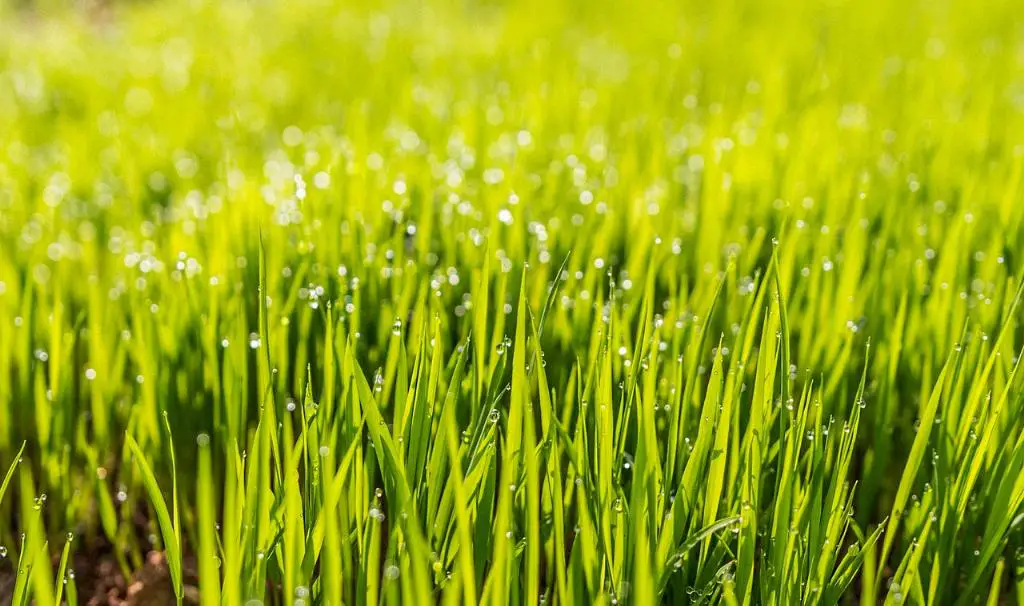Dealing with grubs in your lawn can be a common challenge for many homeowners. These beetle larvae can wreak havoc on your grass, causing brown patches and a weakened root system. In this article, we will explore a variety of methods to help you get rid of grubs and restore your lawn to its full health.
Natural Predators
One effective way to control grub populations in your lawn is to introduce natural predators such as birds, toads, and beneficial insects like ground beetles. These predators feed on grubs and help keep their numbers in check.
Limit Moisture
Grubs thrive in moist environments, so reducing the amount of water your lawn receives can make it less hospitable for them. Be mindful of your watering schedule and only water your lawn when necessary.
Milky Spore and Beneficial Nematodes
Another natural approach is to apply milky spore, a bacterium that infects and kills grubs, or beneficial nematodes, microscopic worms that parasitize and kill grubs. These biological control methods can be effective in reducing grub populations.
Neem Oil
Neem oil is a natural insecticide that can help deter grubs and other pests from feeding on your lawn. Apply neem oil according to the manufacturer’s instructions to protect your grass from damage.
Grub Killer with Borax
You can create a homemade grub killer by mixing borax with water and applying it to your lawn. Borax is toxic to grubs and can help eliminate them without harming your grass if used correctly.
Dethatching and Aerating
Regular dethatching and aerating of your lawn can help disrupt the larvae’s environment and make it harder for grubs to survive. These practices also promote healthy root growth and overall lawn vitality.
Conventional Chemical Control
If natural methods are not yielding the desired results, you may consider using chemical pesticides such as carbaryl or trichlorfon to target and eliminate grubs. Follow all safety precautions and application instructions when using these products.
Timing Is Key
It’s important to time your grub control efforts correctly. Consider treating your lawn in late summer or early fall when grubs are actively feeding near the soil surface. This timing maximizes the effectiveness of your chosen control method.
Monitor and Repeat
After applying grub control measures, monitor your lawn for any signs of reinfestation. If grubs persist, you may need to repeat treatments or try a different approach to achieve long-term control.
Maintain a Healthy Lawn
Preventing grub infestations starts with maintaining a healthy lawn. Proper mowing, fertilization, and irrigation practices can help your grass grow strong and resilient, making it less attractive to grubs and other pests.
Consult a Professional
If you’re struggling to get rid of grubs on your own, consider consulting a lawn care professional for expert advice and treatment options. They can assess the severity of the infestation and recommend the best course of action for your specific lawn.

Conclusion
Dealing with grubs in your lawn requires a multi-faceted approach that combines natural and conventional control methods. By implementing these strategies and staying proactive in your lawn care routine, you can effectively manage grub populations and enjoy a healthy, lush lawn.
